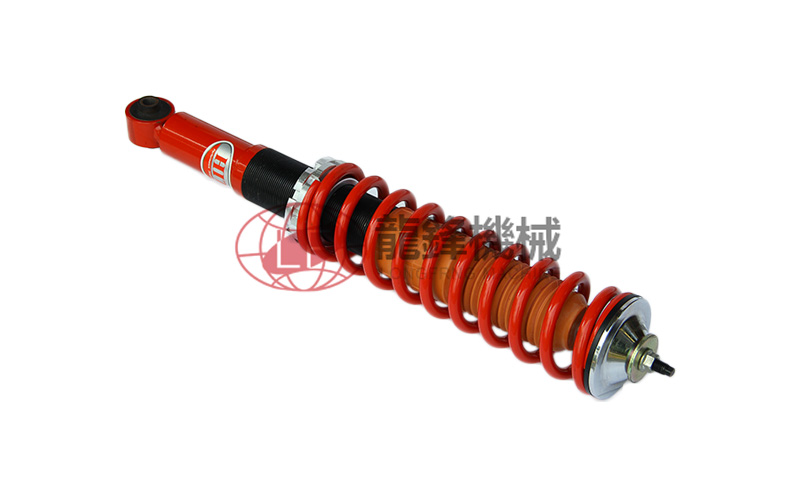In mirror axis machining, ensuring the geometric tolerances such as cylindricity and straightness of the axis is crucial, which requires control from multiple aspects.
1、 Accuracy guarantee of processing equipment
Firstly, it is necessary to choose high-precision machine tools. The straightness of the machine tool's guide rail and the rotational accuracy of the spindle directly affect the machining accuracy of the mirror axis. For example, using a high-precision grinder, its guide rails are precisely ground and scraped to provide a stable linear motion reference for machining. Regularly perform precision testing and calibration on machine tools, use advanced equipment such as laser interferometers to detect various precision indicators of machine tools, and adjust and repair them in a timely manner to ensure that the machine tool's own precision meets the processing requirements.

2、 Reasonable processing technology planning
During the rough machining stage, appropriate machining allowance should be reserved. Excessive allowance can result in significant cutting force during subsequent precision machining to remove the allowance, causing deformation of the shaft and affecting cylindricity and straightness; If the margin is too small, it may not be possible to completely eliminate the defects left by the previous process. Generally, the appropriate rough machining allowance is determined based on factors such as the size, material, and precision requirements of the shaft.
During the precision machining process, appropriate cutting parameters are used. For cutting speed, feed rate, and cutting depth, optimization should be carried out according to the requirements of tool material, workpiece material, and machining accuracy. When grinding mirror shafts, selecting appropriate grinding wheel linear velocity and feed rate can reduce grinding force and avoid shape errors on the shaft surface due to uneven force.
Using multiple blade cuts. For example, during turning or grinding, by repeatedly precision turning or grinding, the excess is gradually removed, and the cutting depth of each pass gradually decreases, gradually improving the shape accuracy of the shaft and effectively ensuring cylindricity and straightness.
3、 Selection and use of cutting tools and fixtures
In terms of cutting tools, it is important to ensure their sharpness and wear resistance. When machining mirror shafts, high-quality tool materials such as cubic boron nitride (CBN) tools or high-precision grinding wheels should be used, and the geometric shape of the tools should be designed reasonably to make the cutting process smoother.
For fixtures, the control of their positioning accuracy and clamping force is crucial. Adopting high-precision three jaw chuck or hydraulic chuck, and designing a reasonable fixture structure to ensure accurate positioning of the shaft during the machining process. At the same time, the clamping force should be moderate to avoid elastic deformation of the shaft caused by excessive clamping force, which may affect the form and position tolerances. During the machining process, auxiliary support devices such as center frames can be used to enhance the rigidity of the shaft and reduce deformation during the machining process.
4、 Detection and feedback adjustment during the processing
During the processing, high-precision measuring instruments such as roundness and contour meters should be used to perform real-time detection of the cylindricity and straightness of the shaft. Once the accuracy deviation exceeds the allowable range, adjust the machining parameters or tool path in a timely manner. For example, through the compensation function in the CNC system, the position of the tool can be fine tuned to correct machining errors, thereby ensuring that the shape and position tolerances of the shaft are always within the qualified range.








